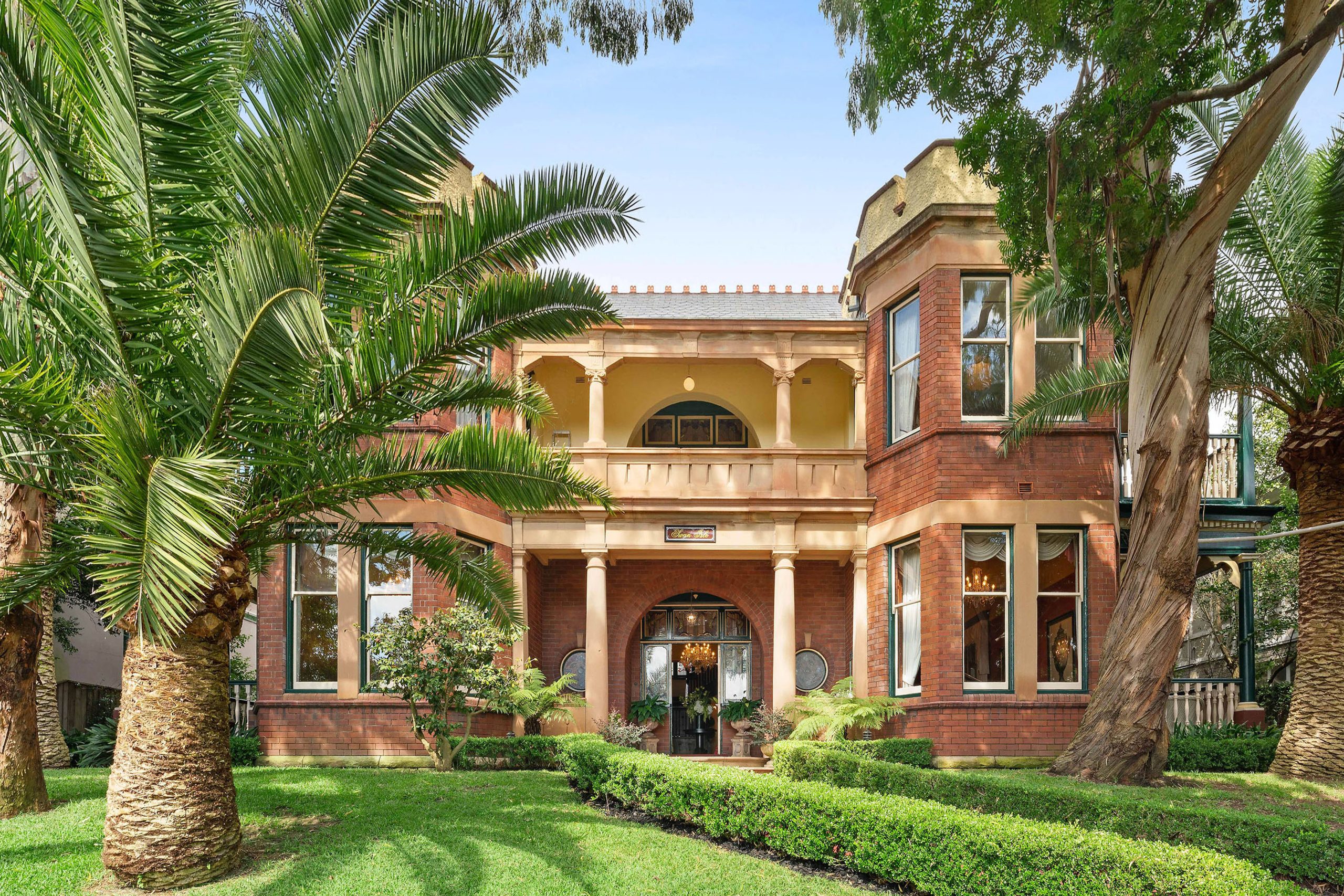Emma Stone Asks $26.5 Million for Freshly Renovated Austin Home
The actress and her husband, comedy writer Dave McCary, spent more than three years restoring the house, which is one of the priciest properties for sale in the Texas city.
In 2021, actress Emma Stone purchased a historic estate in Austin, Texas, with a plan to move her family there. Four years later, she has instead decided to put the property on the market.
The actress and her husband, comedy writer Dave McCary, are asking $26.5 million for the newly renovated estate, according to Eric Moreland of Moreland Properties/Forbes Global Properties, one of the listing agents. The 1.25-acre property, located in the upscale Tarrytown neighbourhood, will be among the most expensive on the market in Austin.
Stone and McCary have spent more than three years renovating and restoring the Texas property, Moreland said.
A spokesperson for Stone didn’t respond to requests for comment. Moreland said the couple’s New York business interests have expanded since they started the remodel, and while they hope to live in Austin eventually, it doesn’t make sense for now.
The couple, who are co-founders of the production company Fruit Tree, own a roughly $12 million apartment in lower Manhattan, according to property records. Stone is slated to star in the upcoming contemporary Western film “Eddington.”
It’s unclear what Stone and McCary paid for the Austin property, since Texas is a nondisclosure state . The Georgian-style brick house dates to around 1940, making it one of the oldest estates in the area.
The roughly 10,000-square-foot estate includes a main house with four bedrooms and a two-bedroom guesthouse. The property also has a pool, a hot tub, and a garage with a screening room and entertaining space above.
As part of the renovation, the couple removed, cleaned and reused all the exterior brick. They also reconfigured some of the living spaces, opening the kitchen to the living room for a more modern layout. It took more than a year just to install the millwork in the screening room, said Moreland.
The contractors are now putting the finishing touches on the property, he said.
The “La La Land” actress has a track record of buying and selling her homes for significantly more than she paid. In 2022, she sold her blufftop Malibu, Calif., home for $4.425 million after buying it for $3.25 million in 2018, according to property records.
Last year, she sold her home in L.A.’s Comstock Hills neighbourhood for $4.3 million, significantly more than the $2.3 million she paid in 2019.
Austin saw an influx of new residents during COVID, but many of those are now returning to the East and West coasts, particularly workers in the tech sector.
While the market “has come down to earth a little bit” since the pandemic-era boom, Moreland said, he has seen a number of $20 million-plus deals over the past few months.
Moreland has the listing with colleague Diane Humphreys.
 Copyright 2020, Dow Jones & Company, Inc. All Rights Reserved Worldwide. LEARN MORE
Copyright 2020, Dow Jones & Company, Inc. All Rights Reserved Worldwide. LEARN MORE
Records keep falling in 2025 as harbourfront, beachfront and blue-chip estates crowd the top of the market.
A divide has opened in the tech job market between those with artificial-intelligence skills and everyone else.
The 2026 McGrath Report warns that without urgent reforms to planning, infrastructure and construction, housing affordability will continue to slip beyond reach for most Australians.
Australia’s housing market has reached a critical juncture, with home ownership and rental affordability deteriorating to their worst levels in decades, according to the McGrath Report 2026.
The annual analysis from real estate entrepreneur John McGrath paints a sobering picture of a nation where even the “lucky country” has run out of luck — or at least, out of homes.
New borrowers are now spending half their household income servicing loans, while renters are devoting one-third of their earnings to rent.
The time needed to save a 20 per cent deposit has stretched beyond ten years, and the home price-to-income ratio has climbed to eight times. “These aren’t just statistics,” McGrath writes. “They represent real people and real pain.”
McGrath argues that the root cause of Australia’s housing crisis is not a shortage of land, but a shortage of accessibility and deliverable stock.
“Over half our population has squeezed into just three cities, creating price pressure and rising density in Sydney, Melbourne and Brisbane while vast developable land sits disconnected from essential infrastructure,” he says.
The report identifies three faltering pillars — supply, affordability and construction viability — as the drivers of instability in the current market.
Developers across the country, McGrath notes, are “unable to make the numbers work” due to labour shortages and soaring construction costs.
In many trades, shortages have doubled or tripled, and build costs have surged by more than 30 per cent, stalling thousands of projects.
Need for systemic reform
McGrath’s prescription is clear: the only real solution lies in increasing supply through systemic reform. “We need to streamline development processes, reduce approval timeframes and provide better infrastructure to free up the options and provide more choice for everyone on where they live,” he says.
The 2026 edition of the report also points to promising trends in policy and innovation. Across several states, governments are prioritising higher-density development near transport hubs and repurposing government-owned land with existing infrastructure.
Build-to-rent models are expanding, and planning reforms are gaining traction. McGrath notes that while these steps are encouraging, they must be accelerated and supported by new construction methods if Australia is to meet demand.
One of the report’s key opportunities lies in prefabrication and modular design. “Prefabricated homes can be completed in 10–12 weeks compared to 18 months for a traditional house, saving time and money for everyone involved,” McGrath says.
The report suggests that modular and 3D-printed housing could play a significant role in addressing shortages while setting a new global benchmark for speed, cost and quality in residential construction.
Intelligent homes
In a section titled Weathering the Future: The Power of Smart Design, the report emphasises that sustainable and intelligent home design is no longer aspirational but essential.
It highlights new technologies that reduce energy use, improve thermal efficiency, and make homes more resilient to climate risks.
“There’s no reason why Australia shouldn’t be a world leader in innovative design and construction — and many reasons why we should be,” McGrath writes.
Despite the challenges, the tone of the 2026 McGrath Report is one of cautious optimism. Demand is expected to stabilise at around 175,000 households per year from 2026, and construction cost growth is finally slowing. Governments are also showing a greater willingness to reform outdated planning frameworks.
McGrath concludes that the path forward requires bold decisions and collaboration between all levels of government and industry.
“Australia has the land, demand and capability,” he says. “What we need now is the will to implement supply-focused solutions that address root causes rather than symptoms.”
“Only then,” he adds, “can we turn the dream of home ownership back into something more than a dream.”
From Italy’s $93,000-a-night villas to a $20,000 Bowral château, a new global ranking showcases the priciest Airbnbs available in 2026.
A cluster of century-old warehouses beneath the Harbour Bridge has been transformed into a modern workplace hub, now home to more than 100 businesses.
























